Best Paper Award
A 1W Class Si-GaN Hybrid Tx Module Using Si-GaN Stacked Amplifier[IEICE TRANS. ELECTRON., Vol. J104–C No. 10 OCTOBER 2021]
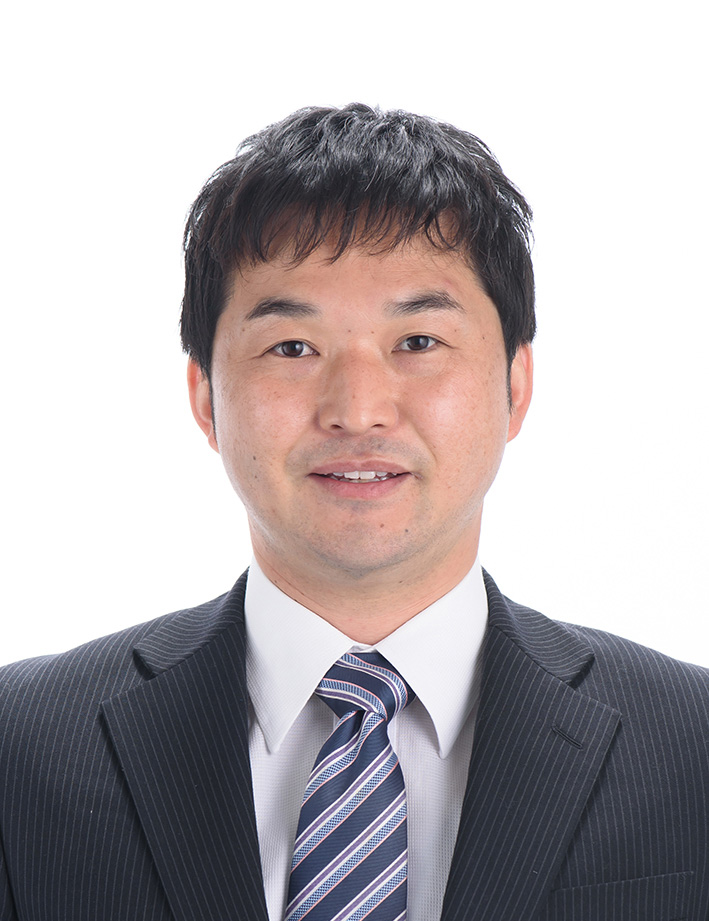
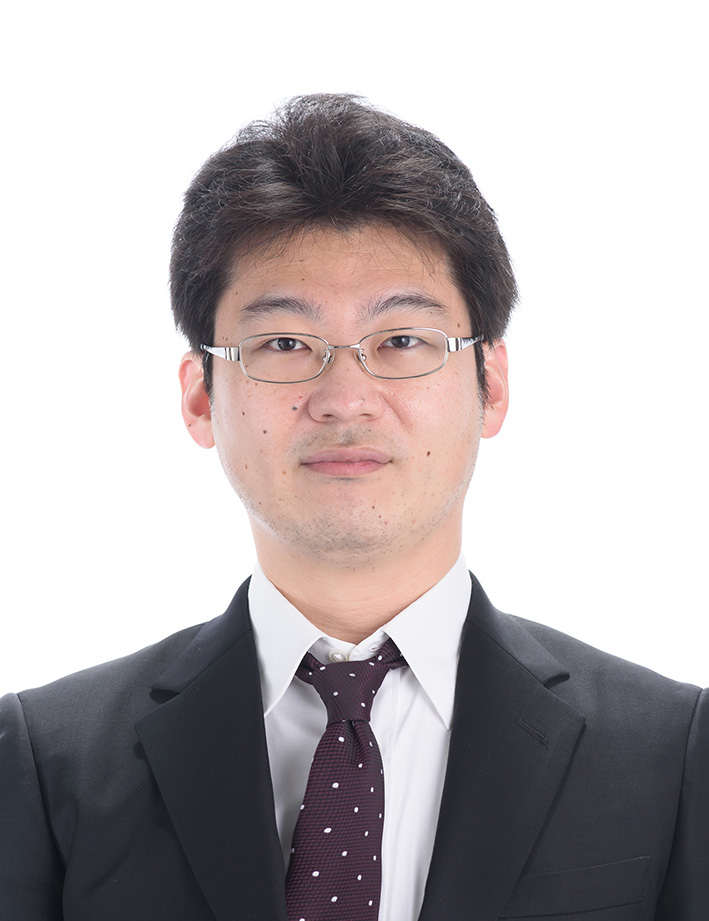
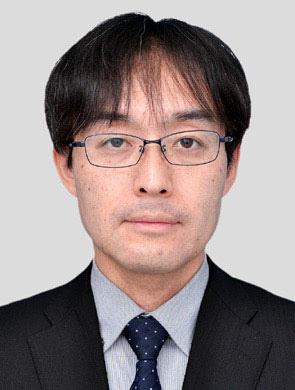


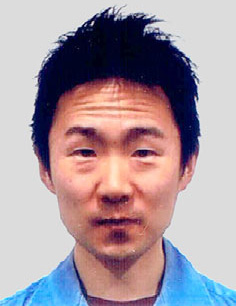

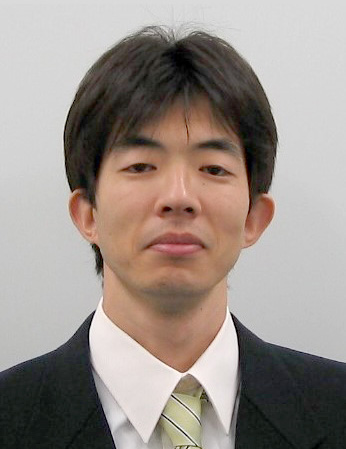
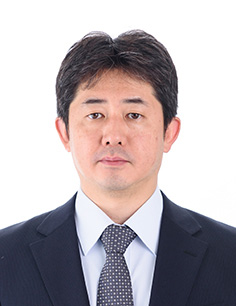
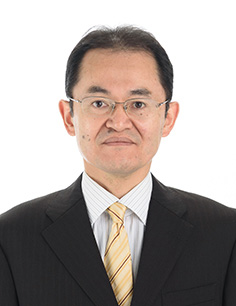
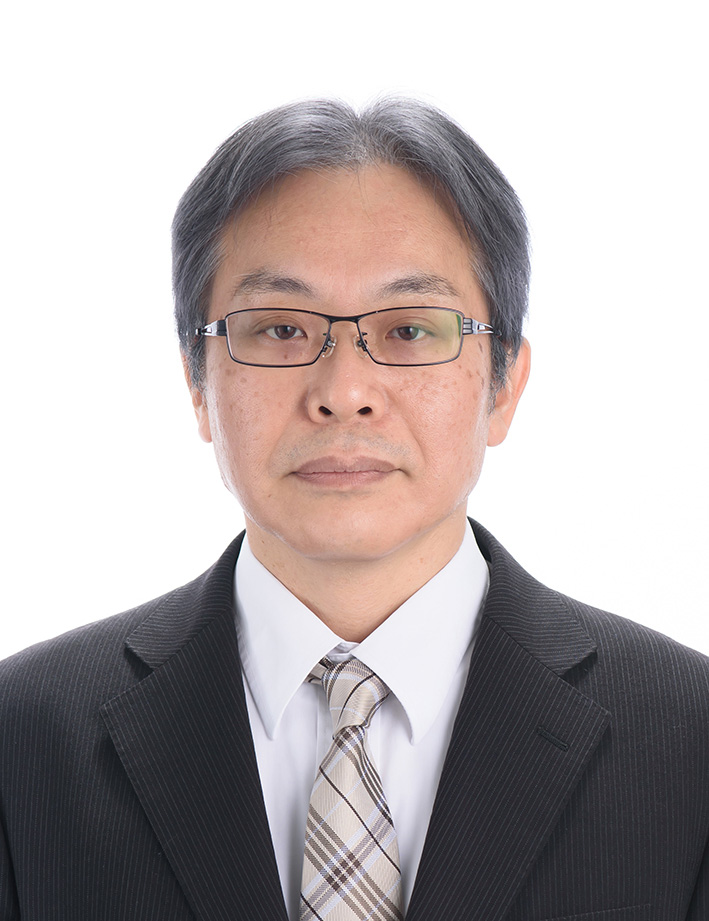
Miniaturization and low cost are required for TX modules in the microwave frequency of Active Electrically Scanned Array Antennas such as a meteoritical radar. The TX module consists of a high power amplifier and a control circuit which is a phase shifter, and a variable gain amplifier to obtain high output power and control the beam. The high power amplifier is formed on a GaAs or GaN device. The control circuit is formed on a Si device. The GaN device has the ability to output from several W to hundreds of W. On the other hand, Si devices can output from several 10 mW to several W of microwave output. Therefore, the configuration of 1W class amplifiers is difficult to design because of the power gap between GaN devices and Si devices.
In this paper, a Si-GaN hybrid TX module is proposed to solve the problem. The TX module combines a Si device and a GaN device to obtain the output power of several 10 mW to several W. By adopting the Si-GaN stacked amplifier for a final amplifier, 1W class output power was achieved. In addition, the TX module can reduce the number of device processes along with the power supply. In the prototype TX module, a compact module area of 7 mm x 7 mm was realized by embedding the GaN chip in the substrate and using the 3D mounting of Si chips and the chip inductors of the power supply.
The prototype TX module is designed and fabricated in the L~C band. The prototype achieves a saturation power of 34.8dBm, 32.3dBm and 25.8dBm in the L, S, and C bands, respectively. Lower than 1.8deg.-rms of RMS phase error rate, and lower than 0.7dB-rms of RMS amplitude error rate are obtained in the L~C band.
This paper contributes to the miniaturization and cost reduction of the microwave transmission modules that compose the AESA antenna, and contribute to its practical use. Therefore, this paper is highly evaluated as a paper worthy of the Society's Paper Award.